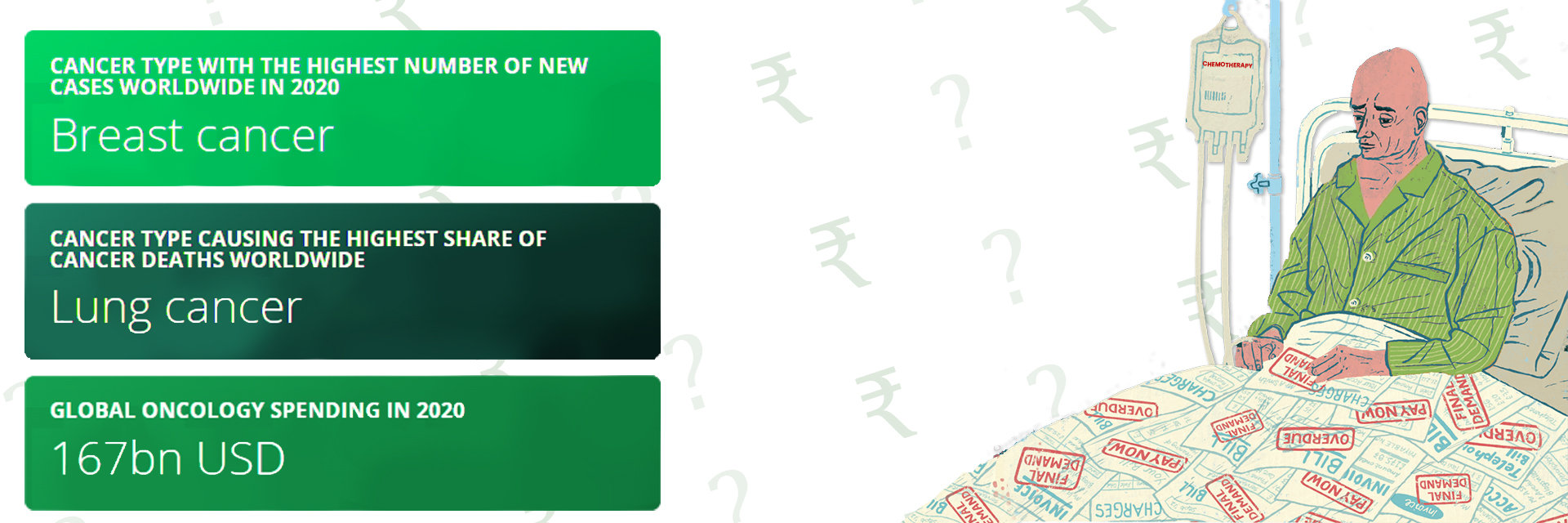Did you know there's a link between diabetes and colon cancer?
Yes, there is a significant link between diabetes and colon cancer. Both diabetes and colon cancer are on the rise, affecting millions of people worldwide. Diabetes is a chronic condition that affects how your body processes blood sugar, while colon cancer is a type of cancer that starts in the colon or rectum. Research shows that people with diabetes have a higher risk of developing colon cancer. Studies say that diabetic individuals are about 30% more likely to develop colon cancer than those without diabetes.
Understanding the connection between these conditions is crucial for prevention and effective treatment. This guide will delve into the role of diabetes in colon cancer, risk factors, preventive measures, and treatment options for individuals managing both conditions.
Dr. Babita Goel an experienced general physician, explains:
"It's important to note that managing diabetes can reduce the risk of developing colon cancer. Maintaining healthy blood sugar levels through diet, exercise, and medication can help. Regular screenings and early detection are key to preventing and treating colon cancer. Patients with diabetes should be particularly vigilant about their colorectal health and consult their doctors for appropriate screening schedules."
The Link Between Diabetes and Colon Cancer
Statistical Correlation
According to study, the risk of colon cancer is higher in people with diabetes, particularly those with Type 2 diabetes.
Possible Biological Mechanisms
Insulin Resistance and High Insulin Levels:
- Diabetes often involves insulin resistance and elevated insulin levels, which can promote cancer cell growth.
- Insulin and insulin-like growth factors (IGFs) stimulate the proliferation of cancer cells and inhibit apoptosis (programmed cell death), contributing to tumor development and progression.
Chronic Inflammation:
- Diabetes is associated with chronic low-grade inflammation, which plays a role in cancer development.
- Inflammatory markers, such as C-reactive protein (CRP) and interleukin-6 (IL-6), are often elevated in diabetic patients and promote an environment conducive to cancer cell growth.
- Chronic inflammation can lead to DNA damage and promote tumor formation.
Risk Factors for Both Conditions
Shared Risk Factors
- Obesity:
- Excess body weight is a significant risk factor for both diabetes and colon cancer. Obesity increases insulin resistance and chronic inflammation, contributing to the development of these conditions.
- Sedentary Lifestyle:
- Lack of physical activity is linked to a higher risk of developing diabetes and colon cancer. Regular exercise helps regulate blood sugar levels and maintain a healthy weight, reducing these risks.
- Poor Diet:
- Diets high in processed foods, red meat, and sugary beverages contribute to both diabetes and colon cancer. These diets promote obesity and inflammation, increasing the likelihood of these diseases.
Impact of Diabetes on Colon Cancer Progression
How Diabetes Influences Cancer Growth
- Enhanced Tumor Growth: High blood sugar and insulin levels in diabetics can fuel cancer cell growth. Insulin and insulin-like growth factors (IGFs) can make cancer cells grow faster and prevent them from dying.
Impact on Treatment Outcomes
- Complications in Surgery: Diabetes can lead to poor wound healing and higher infection risks, making surgeries more complicated and recovery slower.
- Chemotherapy Effectiveness: High blood sugar can reduce the effectiveness of chemotherapy and increase side effects, complicating treatment.
- Recovery: Diabetics often recover more because high blood sugar affects the body's ability to heal.
Dr. Sridhar PS, a radiation oncologist in Bangalore, explained, "Diabetes can significantly affect the treatment and progression of colon cancer. It can complicate treatment by increasing infection risk, slowing healing, and potentially interacting with chemotherapy. Additionally, high blood sugar levels can fuel cancer growth, making it crucial to manage diabetes carefully during cancer treatment to ensure the best possible outcomes."
Preventive Measures
Diet and Lifestyle Changes
Importance of a Balanced Diet:
- Eat a diet rich in fruits, vegetables, whole grains, and lean proteins.
- Avoid processed foods, sugary beverages, and excessive red meat.
Regular Physical Activity:
- Aim for at least 30 minutes of moderate exercise most days of the week.
- Activities can include walking, jogging, cycling, or swimming.
Maintaining a Healthy Weight:
- Keep your body weight within a healthy range to reduce the risk of diabetes
- Combine a balanced diet with regular exercise to manage weight.
Regular Screenings and Early Detection
Recommendations for Colon Cancer Screening:
- Begin regular colon cancer screenings at age 45 or earlier if you have a family history.
- Common screening methods include colonoscopy, stool tests, and flexible sigmoidoscopy.
Managing Diabetes:
- Regular check-ups with your healthcare provider to check blood sugar levels.
- Screenings for complications related to diabetes, such as eye exams and kidney function tests.
Managing Diabetes to Reduce Cancer Risk
Effective Blood Sugar Control:
- Follow your doctor's diet, exercise, and medication advice to maintain optimal blood sugar levels.
Regular Check-Ups:
- Visit your healthcare provider to check your diabetes and adjust treatment as necessary.
- Stay informed about new developments in diabetes care and management.
Medication Adherence:
- Take your prescribed medications as directed by your healthcare provider.
- Discuss any side effects or concerns with your doctor to ensure an effective treatment plan.
Treatment Options for Patients with Both Conditions
Managing diabetes and colon cancer can be challenging.
Treatment Challenges and Considerations
- Chemotherapy and Blood Sugar: Chemotherapy can affect blood sugar levels. Check blood sugar and adjust diabetes medications as needed.
- Surgery Complications: Diabetics may have higher risks during surgery, like poor wound healing and infections. Close monitoring and pre-surgery blood sugar control are crucial.
- Side Effects Management: Manage side effects such as nausea and appetite loss to maintain stable blood sugar levels.
Integrative Care Approaches
Coordinated Care Between Oncologists and Endocrinologists:
- Integrated Treatment Plans: Ensure cancer treatment and diabetes management are optimized by having oncologists and endocrinologists work together.
- Holistic Care: Include nutritional counselling, physical therapy, and psychological support to manage both conditions.
Conclusion
Understanding the connection between diabetes and colon cancer is vital for prevention and effective management. Diabetes increases the risk of colon cancer due to high blood sugar, insulin resistance, and chronic inflammation. Adopting a balanced diet, staying active, and undergoing regular screenings can lower this risk. Effective diabetes management, including blood sugar control, regular check-ups, and medication adherence, is crucial for reducing cancer risk and improving treatment outcomes.
Reference
https://www.ncbi.nlm.nih.gov/pmc/articles/PMC8920658/
https://jamanetwork.com/journals/jamanetworkopen/fullarticle/2811815






